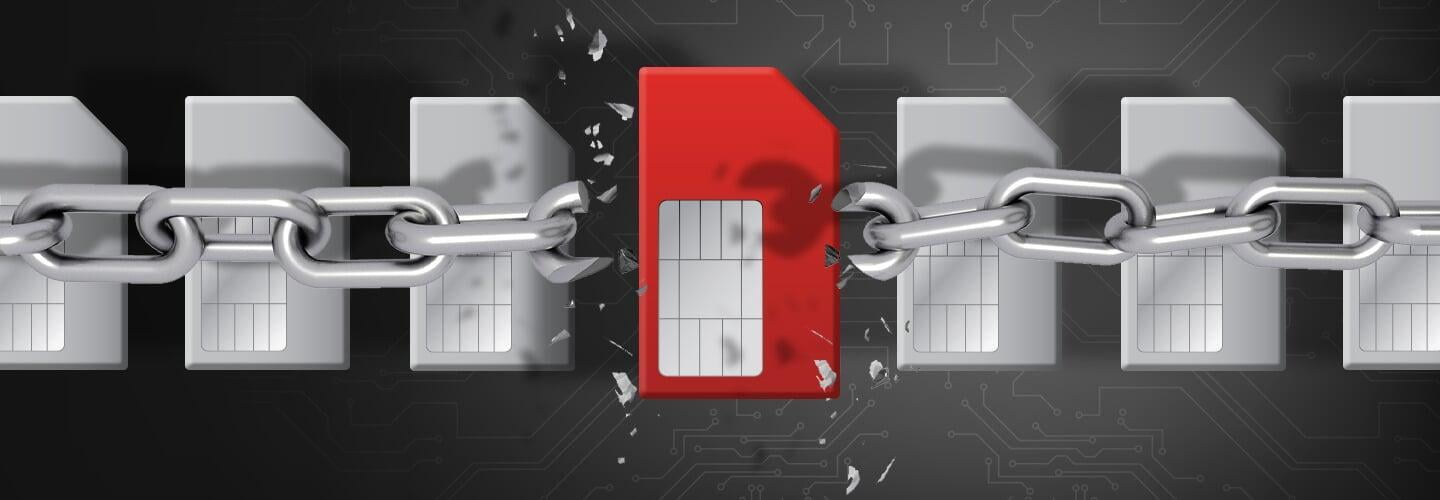Free the SIM!

Cloud 9 Supplier Spotlight: Claro
Wireless Designed for Your Business
Free the SIM! IoT Solutions and Cellular Connectivity
Internet of Things (IoT) solutions powered by intelligent sensors are redefining operational strategies for businesses working in remote, mobile or hostile environments. Examples include smart meters along electricity grids, monitoring devices in oilfields and pipelines and data transport for cruise ships plying coastal waters.
In many cases, however, the functionality of smart sensor solutions is constrained by the dynamics of traditional network technology. For example, cellular IoT applications that require real-time visibility into data, or that are not configured to report by exception, generate constant endpoint pinging – which violates a basic design characteristic to use the network as a shared resource for many users and applications
IoT applications often require cellular-based gateways that link sensors or remote networks to the enterprise data center through the wireless network. These gateways, in turn, are composed of a basic processing unit – a Subscriber Identity Module (SIM) – as well as radio components designed for specific frequencies aligned to a particular cellular technology.
The trouble is, the SIM is typically owned by a specific wireless operator and is built to run on that operator’s specific network. As a result, in order to operate on another network, the SIM has to be changed manually. Environments such as electric grids, oil field and gas pipelines, meanwhile, are remote, hard to reach and often hostile. That makes physically accessing SIMs to reconfigure them for a different cellular network exceedingly difficult. So even if a competing carrier is willing to offer the radio components and frequencies that the SIM is designed for, the truck roll cost of replacing existing sensors and gateways can be prohibitive.
Put simply, traditional cellular networks are ill-equipped to deliver the seamless, cost-effective connectivity required by IoT solutions operating across a complex, interconnected environment. While the IoT sensors themselves are interoperable and compatible with a wide range of configurations, the SIMs that provide the connectivity will work only with a particular cellular carrier’s network. And if a carrier adopts a new technology and reuses its frequencies for the new technology (as usually happens) the field sensors and gateways will stop working unless they’re replaced. As a result, customers have limited options.
What we need to move the IoT forward is a new type of SIM – one designed specifically for IoT deployments. The only way to do this is by decoupling the SIM from the wireless carrier. By transferring ownership of the SIM from the cellular provider to the customer, the SIM becomes just another part of the device. Like the power source or the user interface, the SIM is controlled by the user and can be remotely provisioned to work with a new subscription. Commonly referred to as an eSIM (Embedded SIM) (eSIM) or an Embedded Universal Integrated Circuit Card (eUICC), the module works with any operator subscription in any part of the world, supports multiple subscriptions and can be remotely programmed to change providers or networks as required.
Additionally, the “new” SIM supports consistent access to data-capable connections for continuous operations for extended periods of time (10 or more years). And, the devices can be updated to keep pace with changes in service without requiring physical access to the gateway.
The eSIM represents a significant shift in how companies manage cellular connectivity. Most importantly, it enables changes to service providers and/or networks without swapping out or reconfiguring devices or requiring physical access to any of the solution’s hardware, software and/or management platform.

The mobile communications needs of large organizations are constantly evolving. While a wide range of options and capabilities are available, the complexity of managing multiple carriers, plans and contracts can dilute the benefits of a best-of-breed approach.
Claro, the largest global MVNO, applies a different kind of phone plan with smart coverage and pricing options. Comprehensive voice, SMS and data plans boost productivity and keep your workforce connected locally and globally without contracts for smart phones, tablets and IoT devices.
As a Cloud 9 Supplier Portfolio member, Claro is one of several Mobile Carriers and Mobile Virtual Network Operators (MVNO) in our portfolio. As such, Cloud 9 is positioned to help guide and evaluate the best company and solution for your needs. Contact CLoud 9 today to learn how we can help you save 20% to 40% on your corporate mobile/wireless bill.
The mobile communications needs of large organizations are constantly evolving. While a wide range of options and capabilities are available, the complexity of managing multiple carriers, plans and contracts can dilute the benefits of a best-of-breed approach.
Mobile Voice, Text, Data, and IoT
Choose your network and monthly plan. Easy.
Claro, the largest global MVNO, applies a different kind of phone plan with smart coverage and pricing options. Comprehensive voice, SMS and data plans boost productivity and keep your workforce connected locally and globally without contracts for smart phones, tablets and IoT devices.
As a Cloud 9 Supplier Portfolio member, Claro is one of several Mobile Carriers and Mobile Virtual Network Operators (MVNO) in our portfolio. As such, Cloud 9 is positioned to help guide and evaluate the best company and solution for your needs. Contact CLoud 9 today to learn how we can help you save 20% to 40% on your corporate mobile/wireless bill.


